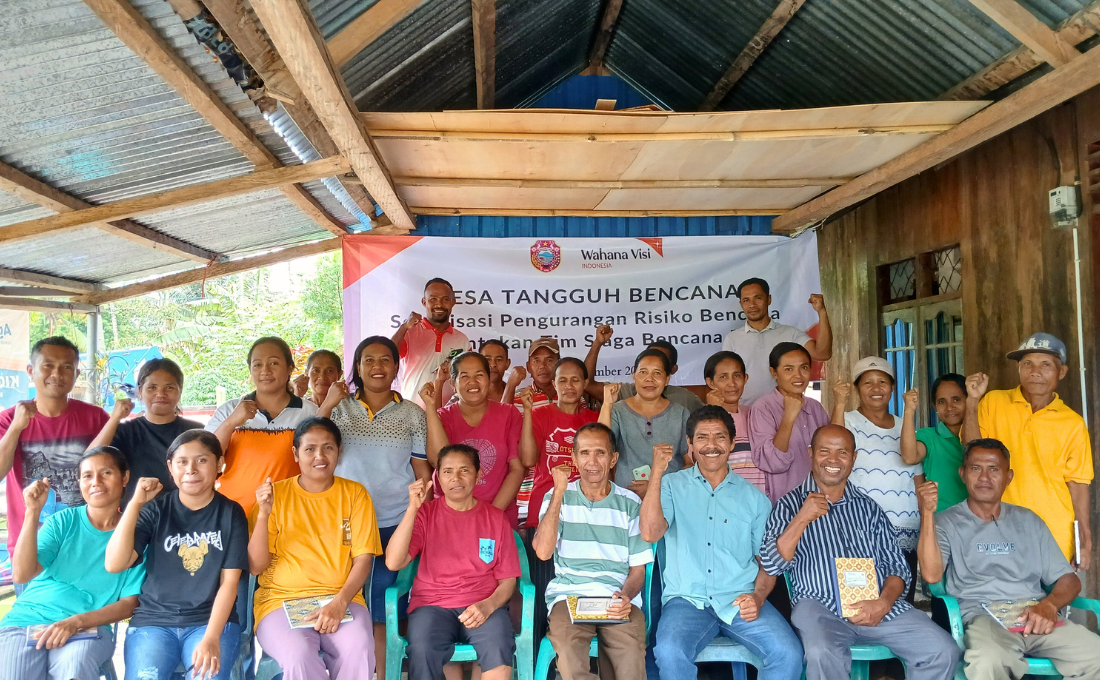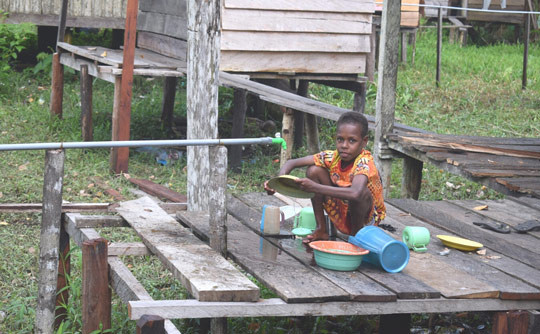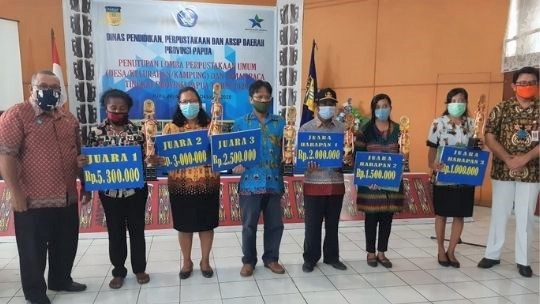Building a Resilient Village in East Nusa Tenggara

Resilience in the face of disasters should begin with the individual and extend to various levels of the community and society. That's why we're increasingly hearing about disaster-resilient sub-districts, urban villages, or villages. A Disaster-Resilient Village, or Destana for short, means a village that has the independent capacity to face and adapt to disaster threats, and to recover quickly from their impacts. Destana isn't just about infrastructure; it's also about community awareness and preparedness in facing disasters.
The Indonesian National Standardisation Agency has formulated nine Destana principles, some of which are listed below:
-
Self-reliance and local resources
-
Social inclusion
-
Focus on disaster risk management efforts
-
Engagement of all stakeholders
-
Integration and synergy in village development
These principles serve as a reference for how Destana development is carried out and how its objectives are determined. A village that's alert and resilient in managing risk and adapting to disasters can better guarantee the safety and well-being of its children and community.
Ende Regency is one of the regencies with several disaster threats, including floods, landslides, earthquakes, and tsunamis. One of Wahana Visi Indonesia's service villages also faces several disaster threats related to floods and earthquakes. Floods are one of the most frequent disasters. This indicates that this village is a disaster-prone area that requires attention, especially in efforts to reduce and mitigate disaster risks, which can be implemented systematically, directed, and integrated. However, currently, the village isn't receiving assistance for disaster risk reduction and mitigation.
"In my daily life, I often hear about disasters, and even in my childhood, I experienced them. To this day, our village still frequently experiences floods, the impacts of which can be detrimental to us. For example, our rice fields are submerged, leading to crop failure; children can't go to school due to deep water; people can't go to their farms; and there are also disease outbreaks due to dirty standing water," said Orianus, a village resident who serves as the Coordinator of the Village Disaster Preparedness Team.
Reflecting on past disaster experiences that harmed children and the community, and hoping that such conditions won't recur, the villagers are motivated to learn how to be more resilient in facing disasters. Working with Wahana Visi Indonesia and the local Regional Disaster Management Agency (BPBD), the community participated in a joint learning session on Destana.
"Previously, we never received knowledge about how to overcome these disaster problems. As a result, we were often confused when disasters occurred, and each family helped themselves. WVI and BPBD helped me and the community in this village gain knowledge about disasters and how to reduce them. We learned that to handle disasters, we can't work alone; we need a special team. Currently, we already have a Village Disaster Preparedness Team. We feel very happy and ready to cooperate," said Orianus.
Author: Wihelmina Seniwati (Programme Coordinator for Central Flores Cluster)
Editor: Mariana Kurniawati (Communication Executive)
Source:
Badan Standarisasi Nasional. Rancangan Standar Nasional Indonesia 3 (RSNI3) 8357:2024, Desa tangguh bencana. 2024. Jakarta



